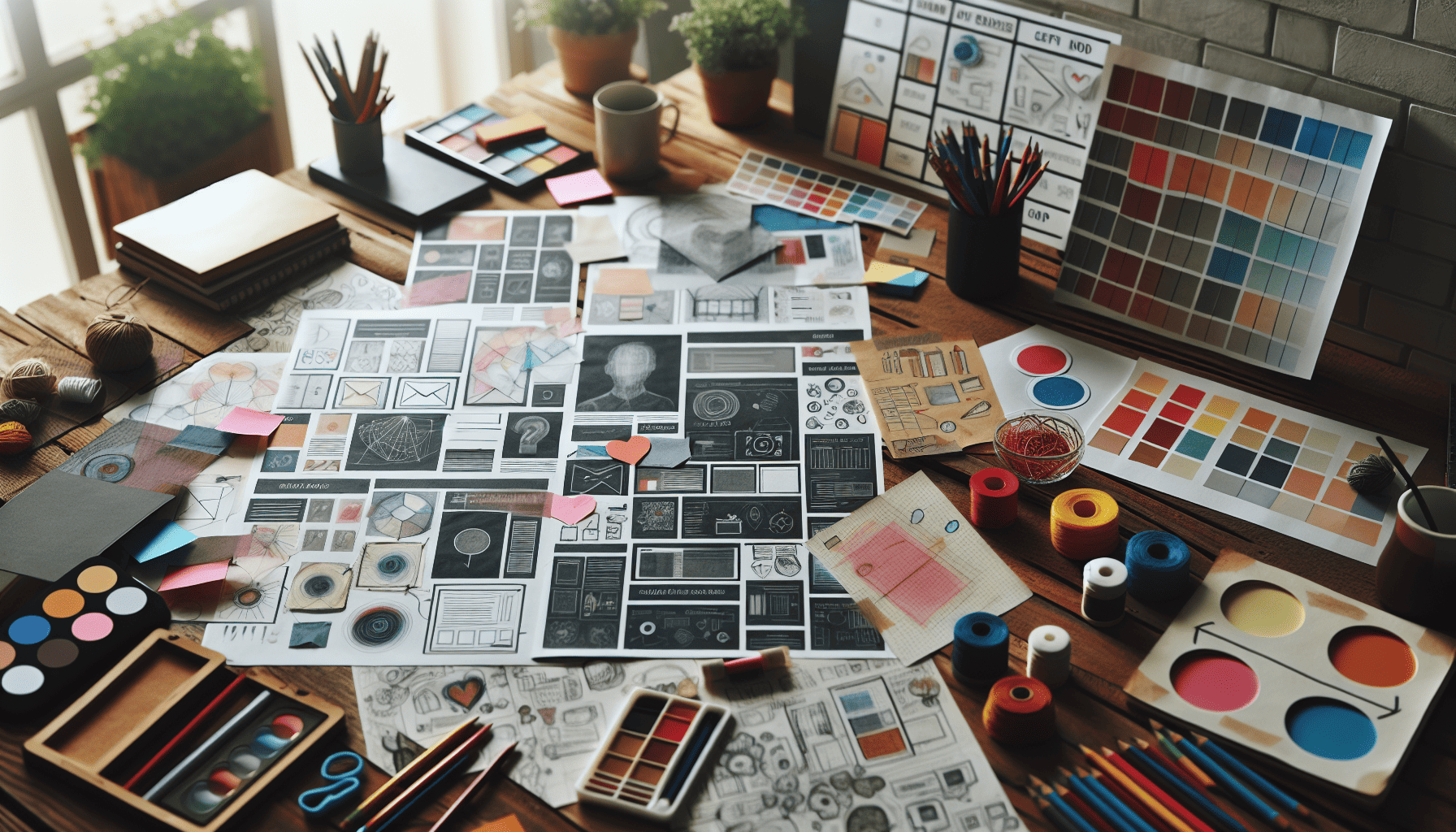In the ever-evolving digital landscape, designing a dynamic web presence is both an art and a science, requiring a harmonious blend of creativity and technology. The creative process behind dynamic web designs is akin to crafting a symphony where each element plays a vital role in delivering an engaging, intuitive, and visually captivating experience. Let's explore how inspiration converges with technological innovation to create websites that are not only functional but also aesthetically compelling.
Understanding the Purpose and Audience
The journey towards dynamic web design begins with a deep understanding of its purpose and target audience. Designers must immerse themselves in the brand's values and mission, gaining clarity on the message the website needs to convey. This understanding is coupled with an in-depth analysis of the intended audience's preferences, behaviors, and expectations. By aligning the design strategy with these insights, web designers lay the foundation upon which creativity and technology will be built.
Inspiration: Drawing from a Well of Creativity
Inspiration is the lifeblood of creative design. It can be found in an array of sources, from nature and art to architecture and daily life experiences. Designers often gather inspiration by curating mood boards that help crystallize the visual direction of the project. This stage is crucial as it sparks creative ideas and concepts that will evolve into the visual language of the website.
Dynamic web designs frequently draw inspiration from current trends, yet they must remain timeless and adaptable to future developments. By balancing uniqueness with universality, designers ensure their creations stand the test of time while resonating with contemporary audiences.
The Role of Storytelling
A compelling narrative is the cornerstone of dynamic web design. Storytelling transcends traditional text on a page—it is embedded in every element, from the choice of images and color schemes to the navigation flow and interactive features. Each aspect should seamlessly guide the user, evoking an emotional response that fosters a deeper connection with the brand.
Through interactive narratives and visual cues, designers can craft an experience that mirrors the brand story, fostering engagement and encouraging users to explore further. This narrative approach transforms a simple webpage into a dynamic journey.
The Power of Collaboration
Creating a dynamic website is seldom a solitary pursuit. It thrives on collaboration between multidisciplinary teams, including graphic designers, developers, content strategists, and marketers. Open communication and brainstorming sessions among these experts lead to the fusion of innovative ideas that enhance both the creative and functional aspects of web design.
By leveraging the collective expertise of these professionals, the project can seamlessly integrate creativity with the latest technological advancements, resulting in a cohesive and dynamic online presence.
Harnessing Technology: Tools and Techniques
Technology is the engine that propels creative concepts into interactive reality. With the advent of powerful web design tools and platforms such as Adobe XD, Figma, and Webflow, designers have an extensive array of resources at their disposal. These tools facilitate prototyping and iteration, allowing designers to experiment with layouts, color schemes, and design elements in real-time.
Moreover, the integration of advanced technologies like HTML5, CSS3, JavaScript, and various frameworks helps realize complex designs and animations that bring dynamism to web pages. These technologies enable responsive and adaptive designs that function seamlessly across devices, ensuring a consistent and engaging user experience.
Testing and Iteration
No design is complete without rigorous testing and iteration. User feedback and analytics play a pivotal role in refining the web experience. By examining how users interact with the website, designers can identify areas for improvement and make necessary adjustments to enhance usability and navigation.
This iterative approach ensures that the final product is not only visually stunning but also functional and user-centric, contributing to an optimal user experience.
Conclusion
The creative process behind dynamic web designs is a multifaceted journey that marries inspiration with technology, storytelling with functionality, and collaboration with innovation. By meticulously crafting each element, designers create websites that serve as powerful visual expressions of a brand's narrative and resonate deeply with audiences. As technologies and design philosophies continue to evolve, the creative process will undoubtedly adapt, pushing the boundaries of what is possible in the digital realm. In this ongoing exploration of creativity and technology, the future of dynamic web design remains both exciting and boundless.
